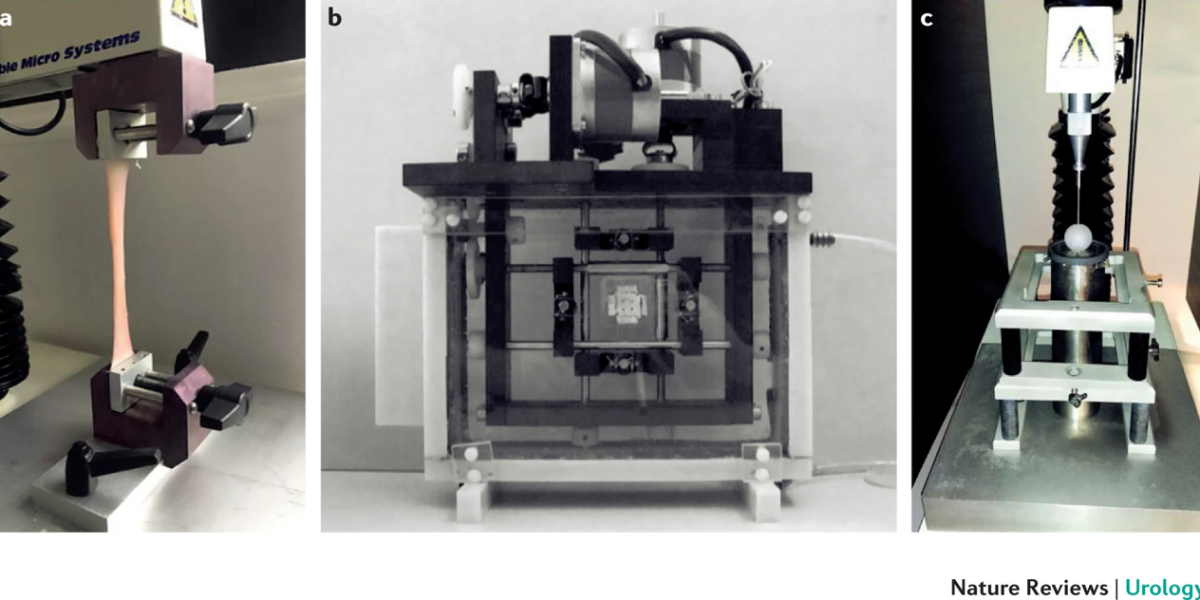In a quiet hospital room, a young girl sat by her father’s bedside, watching him shift uncomfortably, tethered to a catheter that had become both a necessity and a burden. Her father, once active and independent, had been struggling with spinal cord injury for years. The catheter, while helping him manage his bladder, came with its own set of complications. For people like her father, or those with neurogenic bladder disorder, intractable incontinence, or even bladder cancer, the loss of bladder function can feel like a never-ending cycle of discomfort and distress. Relying on catheters, while necessary, often leads to Catheter Associated Urinary Tract Infections (CAUTI), further worsening their condition and even accelerating disease progression.1
Emma, curious with a determined desire to know if her father still stood a chance, surfed the internet and stumbled upon several journal articles which resonated deeply. They highlighted the bladder’s complex and essential role in maintaining homeostasis by storing and eliminating waste, like urea, to keep the body in a balanced state.2 Emma read on, captivated by the article’s insights into how bioengineers are working to design scaffolds and artificial bladder constructs. These constructs aim to replace faulty bladders, restoring natural function without the need for catheters. However, she quickly realized why this ambition had remained so elusive. The bladder is a unique organ: its muscle fibers stretch, store, and contract to void urine under controlled conditions.2 Any successful artificial bladder must not only withstand these mechanical demands but also replicate the bladder’s impermeability to avoid leakage or deformity.3
Bioengineers are applying sophisticated tests to better understand the bladder’s mechanics. Using uniaxial (stretch in one direction) and biaxial (stretch in two direction at the same time to understand how the bladder behaves) tests, they measured how different materials stretch, contract, and even break under pressure.2 These insights are captured in stress-strain curves (a curve which shows the relationship between stress – force per unit area and strain – extent of deformation of the bladder), which provide essential information on the elasticity, tensile strength, and viscoelasticity of the bladder.4 In one study, scientists compared mechanical properties across human, mice, and porcine bladders, underscoring that constructs must be modelled solely based on the unique resilience of the human bladder to achieve the desirable outcome.2
 Importance of bladder mechanics in bladder scaffold design.3
Importance of bladder mechanics in bladder scaffold design.3
Emma’s hope grew as she read about the progress being made. Researchers are learning how to replicate the bladder’s flexibility and impermeability by designing materials that closely mimic the urothelium’s properties. These studies could lead to bioengineered bladders capable of contracting and relaxing like natural ones. And because they would align so closely with the human bladder, these constructs could eliminate the need for chronic catheterization, giving patients freedom from infections and reducing discomfort. For Emma, the articles she read painted a vision of a future where her father and others suffering from similar conditions could lead better lives, no longer tethered by tubes or hindered by infections. This journey in bioengineering holds the promise of returning dignity, independence, and well-being to people impacted by bladder disorders. Emma ended her reading quest feeling a renewed sense of optimism, a reminder that science is not just about discovery but also about transforming lives.
